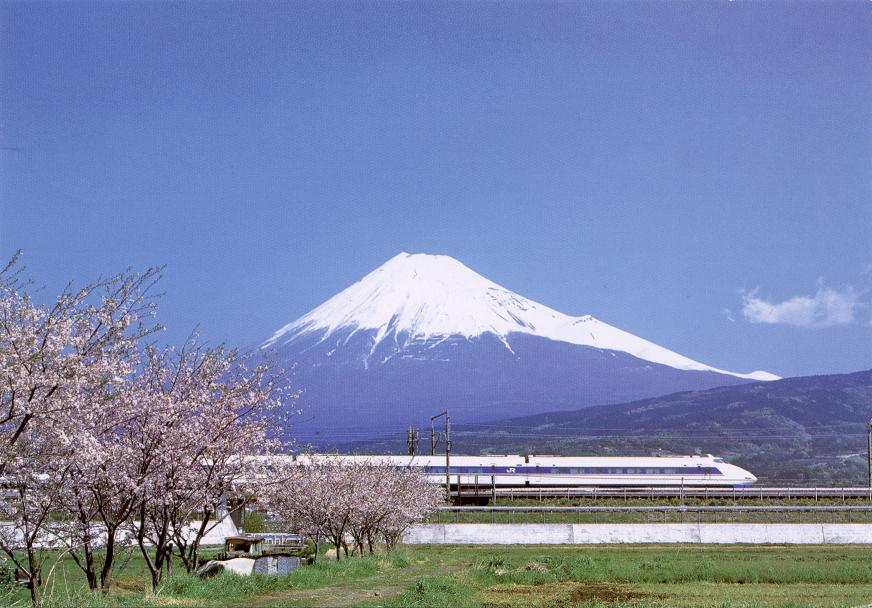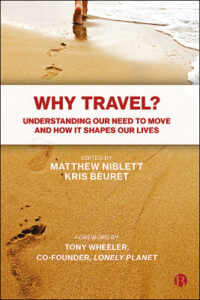The romance of rail – and Japan’s Shinkansen golden jubilee
18th December 2014
Fifty years ago, Japan opened the world’s first high speed rail line, the Shinkansen, between Tokyo and Osaka. Half a century on, the Shinkansen is still seen by many as the gold standard in high-speed rail and its aerodynamic shape has become iconic. In the intervening years, countries across the world have created their own high-speed rail lines, firstly France’s TGV and most recently China, which now has the longest network of high-speed rail links in the world.
Advocates of high-speed rail cite the environmental and passenger-comfort benefits over road or air travel. Taking the 513km journey between Tokyo and Osaka as an example, it is estimated that Shinkansen takes 50% less energy per passenger than driving and creates less than 10% of the carbon emissions of flying – and without the discomfort of sitting in miles of traffic jams, or hours spent travelling to out-of-town airports and waiting in security queues. In the UK, high-speed rail is hitting the headlines with the controversial planned development of the country’s second high-speed rail line HS2, which would connect London, Birmingham, Manchester and Leeds. Public debates around HS2 have mostly focused on economic impacts and on local environmental impacts along the route, as well as potential carbon savings compared to road travel for passengers and freight (although the level of carbon benefits will depend heavily on the method of electricity generation used to power the HS2 trains). Impacts upon the infrastructure of the cities served by HS2 have also been a major part of the debate – for example, see the ITC report Ambitions and Opportunities.
Alongside these economic and environmental considerations, there may also be some emotional responses to rail travel that should not be overlooked when making decisions about transport infrastructure. Rail travel has long held an important place in the public imagination. As now, this has ranged from fear and resistance to delight and obsession. The 19th century saw anxiety over the nervous disease ‘railway spine’ and lamentations over the ‘iron scars’ of rail lines bisecting the landscape, alongside visions of progress and modernity. In the 20th century, this complex, ambivalent relationship remains, and now with the romance of nostalgia thrown into the mix. Whether chugging through the Sussex Downs in a restored steam train, or whizzing past Mount Fuji on Shinkansen, rail travel has certainly captured the imagination of many. Life is often described as a journey, but poet Don Paterson explains our fascination with rail travel thus: train travel is ‘a metaphor for your life… the driver as God or your superego… and you can change train in the way that you can sometimes switch face.’
The ITC believes that understanding the complexity of our relationship with travel at a behavioural and emotional level will help us to make better decisions about travel and transport. For this reason, the ITC’s Why Travel? Project explores human motivations for travelling from a variety of perspectives, drawing out diverse and important implications for planning and policy. For more information visit www.whytravel.org where you will find expert views, news stories and resources from across the arts and sciences, past, present and future.



